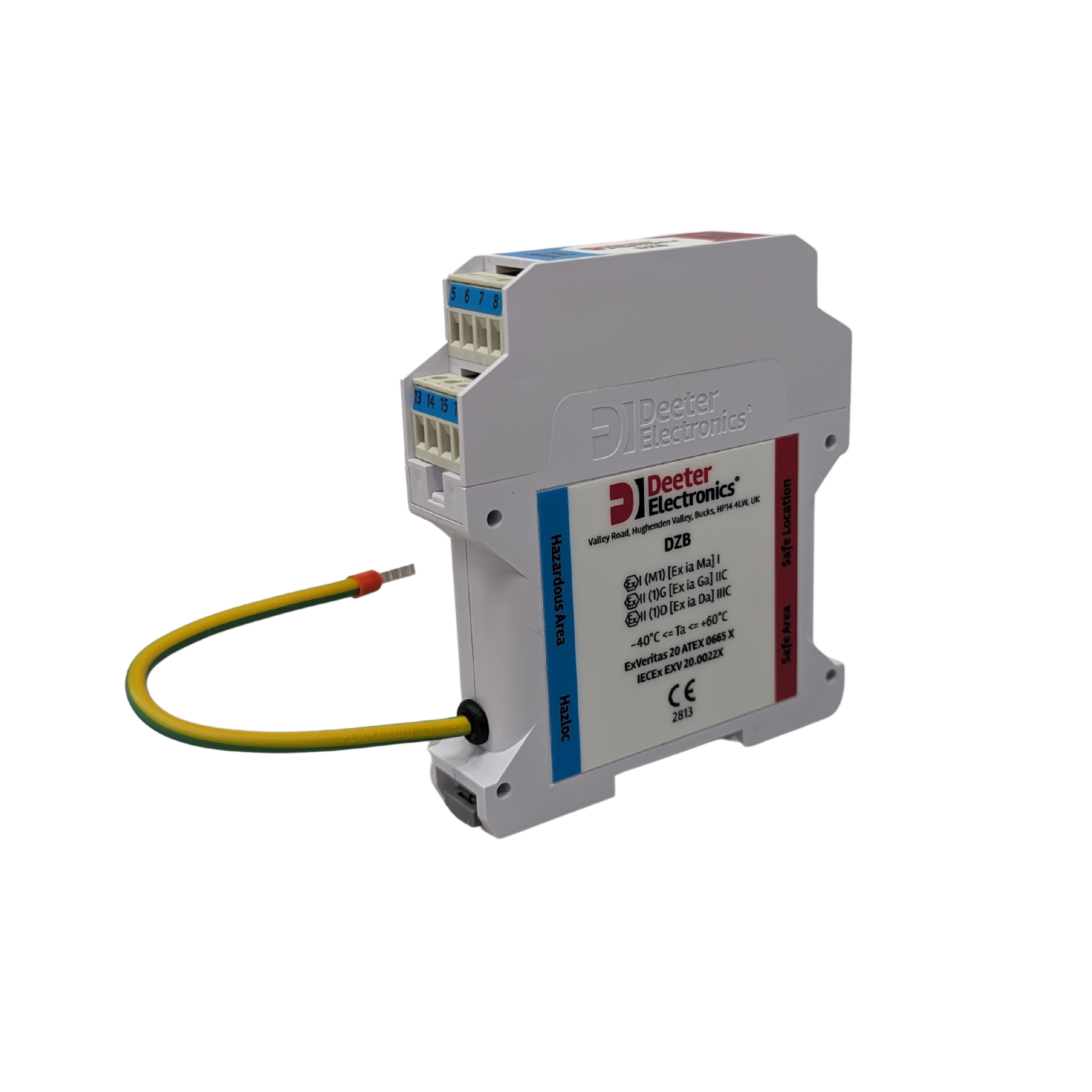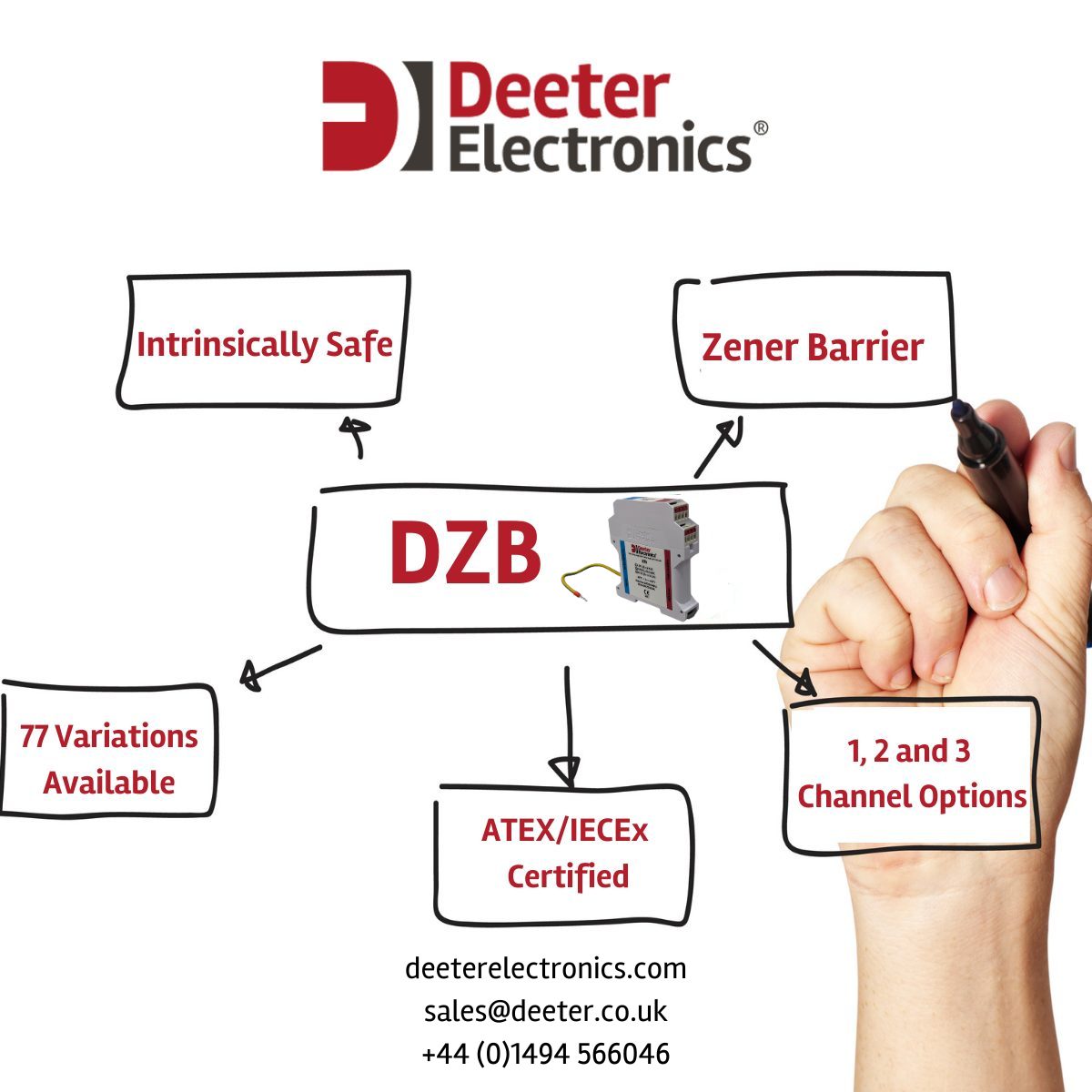ATEX accreditation refers to the certification that equipment and protective systems intended for use in potentially explosive atmospheres comply with the essential health and safety requirements specified in the European Union’s ATEX directives. The term “ATEX” is derived from the French phrase “Appareils destinés à être utilisés en ATmosphères EXplosibles,” which translates to “Equipment intended
> view full article

